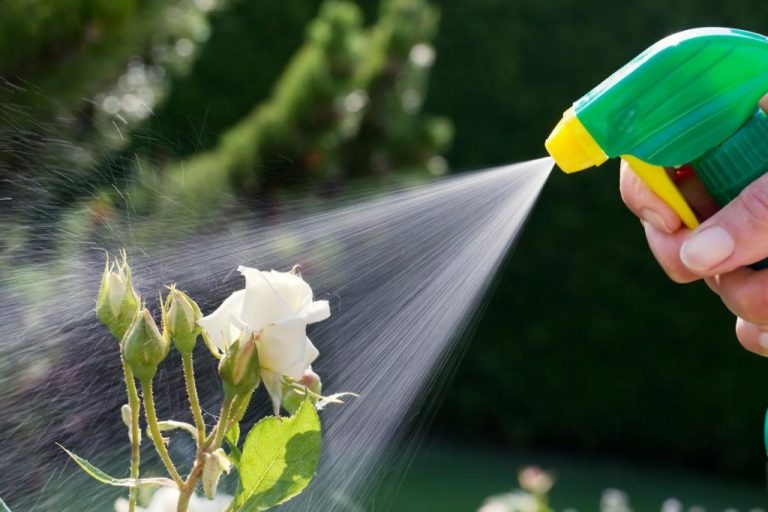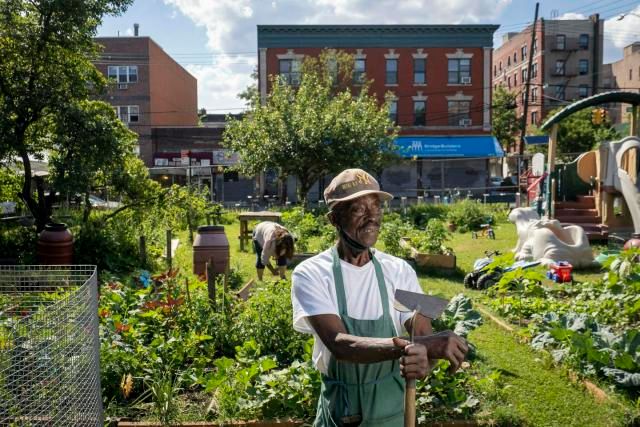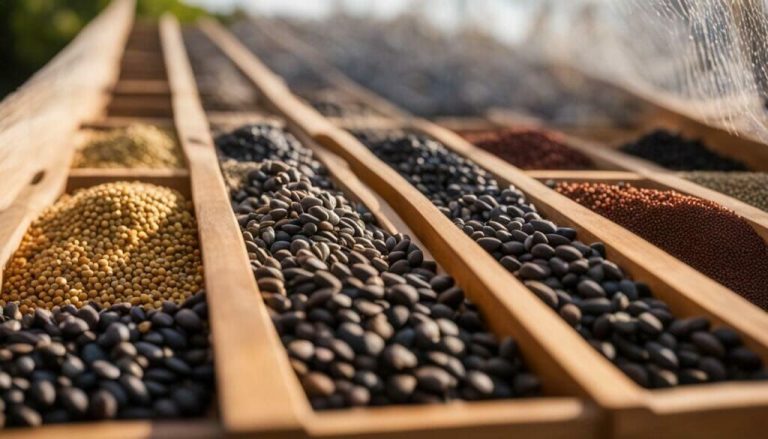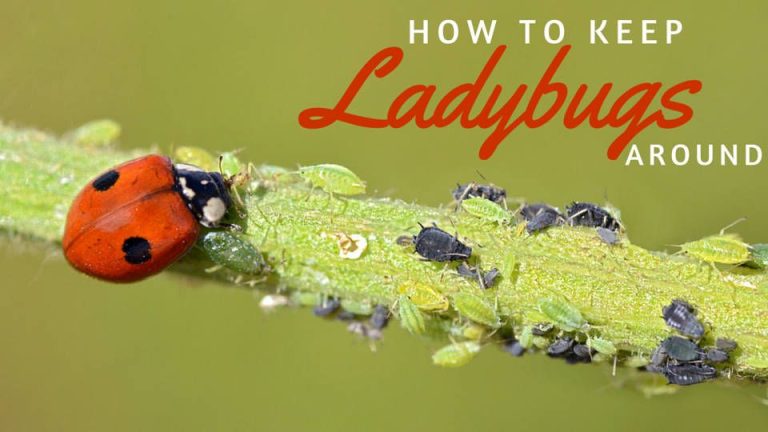Organic Gardening For Beginners: Essential Tips And Techniques
Organic gardening is the practice of growing plants without the use of synthetic fertilizers or pesticides (Smith, 2021). It relies on building healthy soil, proper plant selection and placement, and natural means of fertilizing and pest control.
There are many benefits to organic gardening. Produce grown organically is free of harmful chemicals and better for your health and the environment (Williams, 2020). Organic practices promote biodiversity and ecological balance. They also help reduce pollution and conserve water.
In this guide, we will cover the essential tips and techniques for starting and maintaining a successful organic garden. Topics will include choosing a site, building fertile soil, selecting appropriate plants, planting, watering, managing pests and diseases, weeding, fertilizing, and harvesting organically.
With some planning and effort, beginners can reap the rewards of delicious, nutritious, chemical-free produce grown sustainably through organic gardening methods.
Sources:
Smith, J. (2021). Introduction to Organic Gardening. Healthy Living Publications.
Williams, A. (2020). Why Organic Gardening Matters. Modern Farmer Magazine.
Choosing a Site
One of the most important considerations when starting an organic garden is choosing the right location. There are a few key factors to evaluate when selecting a site:
Amount of Sunlight
Most vegetables and fruits need at least 6 hours of direct sunlight per day. Make sure to choose a spot that receives sunlight for the majority of the day. Observe how the sunlight hits different areas of your yard during the day.
Proximity to a Water Source
Having access to water nearby makes regularly watering your garden much easier. Consider how far you’ll have to carry watering cans or a hose to the site. If you plan to install an irrigation system, placing it near an outdoor faucet is ideal.
Assessing Soil Quality
Testing your soil before planting is highly recommended. The pH level, nutrient content, and texture of the soil can all impact what plants will thrive. Take several samples from around the potential garden area and get them analyzed to determine if the soil needs any amendments.
Building Healthy Soil
Healthy soil is the foundation of any successful organic garden. There are several key techniques for building and maintaining rich, fertile soil:
Composting is essential for adding organic matter and nutrients back into the soil. Compost can be created by collecting plant materials like leaves, grass clippings, and vegetable scraps, and allowing them to break down into humus. Adding compost to garden beds and around plants helps improve soil texture, water retention, and microbial activity. According to Rodale’s Basic Organic Gardening, incorporating compost is one of the best ways to build healthy soil.
Cover crops like clover or rye can also enrich soil. These crops are grown when the garden is not in use to prevent erosion, suppress weeds, and most importantly, add organic material into the soil. When the cover crop is tilled under, it improves soil fertility and structure. Crop rotation involving cover crops helps prevent the depletion of soil nutrients.
Checking and adjusting the soil pH if needed is another essential soil building technique, as pH outside the ideal range of 6-7 can make nutrients unavailable to plants. Adding lime raises pH, while sulfur lowers pH. Test kits can determine the garden’s pH.
Together, practices like composting, growing cover crops, and monitoring pH create the rich, living soil vital to organic gardening and healthy plants.
Choosing the Right Plants
When starting an organic garden, one of the most important decisions is choosing which plants to grow. It’s crucial to select plants that will thrive in your climate and site conditions. Here are some key factors to consider when selecting plants:
Climate – Consider your region’s average rainfall, temperature range, growing season length, and weather extremes. Choose plants suited for your area’s climate conditions. For example, cool weather crops like spinach and lettuce do best in cooler climates.
Sunlight – Most vegetables and fruits need at least 6 hours of direct sunlight per day. Take note of sunny and shaded areas in your garden site. Choose sun-loving plants like tomatoes for the sunny sections. Go for shade-tolerant plants like kale for shadier spots.
Plant spacing – Check seed packets or plant tags for recommended spacing and plan your garden layout accordingly. Proper spacing prevents overcrowding and allows each plant room to grow. It also improves air circulation to avoid fungal diseases.
Companion planting – Some plants grow well next to each other, actually benefitting their growth. Basil and tomatoes are a classic companion pairing. Research companion plants to help each plant thrive. However, avoid planting species next to each other that inhibit each other’s growth.
By considering these key factors, you can select the right vegetable and herb varieties that will grow well and produce bountifully in your organic garden.

Source: http://watershedstewardsproject.com/a-beautiful-garden-is-just-a-few-helpful-tips-away-4/
Planting
Proper timing is crucial when planting an organic garden. Most vegetables and herbs should be planted after the last spring frost date for your area. You can find frost date estimates by searching online for “[your city] last spring frost date”. Some cool weather crops like lettuce, kale and peas can be planted 4-6 weeks before your last spring frost.
Many gardeners start seeds indoors 4-8 weeks before the last frost date to get a head start on the growing season. Start seeds in a sunny spot or under grow lights, planting in trays or pots filled with seed starting mix. Transplant the seedlings outdoors once they have 2-4 true leaves and the weather has warmed up.
When transplanting seedlings, be sure to acclimate them gradually to outdoor conditions over 7-10 days. Leave seedlings outdoors in a shady spot for 1-2 hours the first day, increasing the time outdoors each day. Transplant on a cloudy day or in late afternoon to reduce transplant shock.
Some vegetables like carrots, radishes, and beans can be directly sown in the garden by planting seeds at their proper planting depth according to the seed packet. Space seeds appropriately so plants have enough room as they grow. Refer to seed packets or online spacing guides for specifics.
Stagger plantings of fast-growing crops like lettuce and radishes every 2-3 weeks for continual harvest. Use a garden planning guide or spreadsheet to map out timing of each planting.
Watering
Proper watering is crucial for plant health and growth. Organic plants require regular watering, preferably 1-2 inches of water per week. The frequency depends on factors like temperature, soil type, and container vs. in-ground growing [https://www.youtube.com/playlist?list=PL7ROtO1jes_F-XjUoZQcW3iY1HQPfmt1W]. During hot or windy weather, plants may need daily watering. Water early in the morning to reduce evaporation loss.
To conserve water, use drip irrigation, soaker hoses, or self-watering containers. These methods prevent water loss from evaporation or runoff [https://www.youtube.com/playlist?list=PL7ROtO1jes_H8Vlu2tl0C-SGVB6adgGUC]. Adding mulch around plants also helps retain soil moisture. Hand watering with a hose or watering can gives you control over where water is applied. For container gardens, group plants with similar water needs together.
Always water the soil directly rather than spraying plant leaves. Check soil moisture before watering by inserting a finger; water if the top few inches are dry. Be careful not to overwater, as too much moisture deprives roots of oxygen.
Controlling Pests and Disease
An organic garden seeks to promote a healthy ecosystem that keeps pests and diseases naturally under control. However, sometimes pest problems can still arise and need to be addressed through organic methods. Some effective organic techniques for controlling common garden pests and diseases include:
Organic Pesticides
Organic pesticide sprays like neem oil, insecticidal soaps, and horticultural oils can be used to control soft-bodied insects like aphids, mites, and caterpillars. Always follow label instructions carefully when applying any pesticide. Target spraying to affected plants only, and avoid spraying blooms to protect pollinators.
Another organic pesticide option is Bacillus thuringiensis (Bt), a natural bacterium that specifically targets caterpillars when they ingest it. Bt is safe for beneficial insects and humans when used as directed.
Beneficial Insects
Encouraging beneficial predator insects like ladybugs, lacewings, and parasitic wasps is a biological control strategy. These “good bugs” help keep pest populations in check naturally. Provide habitat for them by planting a diversity of flowering plants and allowing some weeds to grow.
You can also purchase beneficial insects to release into your garden when specific pests are present. Targeted releases of predator insects can provide rapid, natural pest control.
Preventing Diseases
Practicing crop rotation, cleaning up debris, and improving air circulation helps prevent many common vegetable diseases. Make sure to disinfect tools between plants to stop disease spread.
Choosing disease-resistant varieties, watering at the base of plants, and spacing plants properly also helps prevent problems. Apply organic fungicides derived from bacteria or baking soda to protect against fungal diseases.
By taking a proactive, holistic approach focused on soil health and biodiversity, most pest and disease issues can be avoided or controlled naturally in an organic garden.
Weeding
Weeding is an essential task for any organic garden. Left unchecked, weeds will quickly take over your vegetable beds and flower plots, competing with your plants for water, nutrients, and sunlight. The key to effective organic weeding is being vigilant and getting on top of weeds when they are small. There are several effective techniques for organic weed control:
Apply mulch such as wood chips, straw, leaves, or compost around your plants to suppress weed growth. Mulch blocks light from reaching weed seeds and seedlings. Replenish the mulch regularly as it decomposes (Source).
Hand pull weeds, being sure to get the entire root system. Use a weeding tool like a hoe or cultivator to loosen the soil and lift weed roots up. Pull weeds after rain when the soil is moist, as weeds come up easier. Discard pulled weeds promptly.
Use hand tools like hoes, cultivators, weed pullers and garden forks to remove weeds and disrupt their growth. Invest in quality tools that feel comfortable and make weeding easier on your body.
No matter the technique, consistency is key. Set aside dedicated time each week to stay on top of weeds before they get large and difficult to remove. Your diligence will pay off in a gorgeous, productive organic garden.
Fertilizing
Proper fertilization is key for a thriving organic garden. Organic fertilizers feed plants while building the soil with organic matter. Compost is an excellent organic fertilizer that provides a slow, steady release of nutrients as it breaks down in the soil. Good compost contains nitrogen, phosphorus, potassium, and micronutrients plants need. Compost improves soil structure, increases nutrient and water retention, and introduces beneficial microbes. Mix 1-2 inches of compost into garden beds before planting. Side dress growing plants with another 1/2 inch layer midseason for continuous feeding. [1]
Organic fertilizers like blood meal, bone meal, fish emulsion, and kelp are concentrated sources of nitrogen, phosphorus, and potassium. Use organic fertilizers to supplement compost. Apply according to label instructions, working into the top few inches of soil around plants. Organic fertilizers break down quickly, so make repeat applications every 4-6 weeks during the growing season. Side dressing, top dressing, or liquid feeding are good fertilizing methods for organic gardens. [2]
Harvesting
Knowing when to harvest is one of the most important skills in organic gardening. Different plants reach maturity and peak ripeness at different times. For example, lettuce and other leafy greens are best harvested when young and tender before the plant bolts. Tomatoes, on the other hand, need time to fully ripen on the vine for optimal sweetness and flavor. Squash and cucumbers should be picked when immature and tender.
The best way to know if a vegetable or fruit is ready for picking is to keep an eye on it as it develops. Size, color, aroma, and firmness are all indicators of ripeness. For example, bell peppers first develop a deep, vivid color before ripening. Melons produce a strong, sweet smell when ripe and squash feels completely firm when optimally mature. It helps to pick a couple test pieces before doing a full harvest to ensure ideal ripeness.
Proper storage is also key for preserving your organic garden harvest. Leafy greens keep best in the refrigerator in plastic bags with a damp paper towel. Berries should be eaten or frozen soon after picking. Tomatoes hold well on the counter out of direct sunlight. Onions, garlic, potatoes and winter squash have a long shelf life in a cool, dark place. Canning, fermenting, dehydrating, and freezing are all good preservation methods for seasonal gluts. Check crops regularly when storing to remove any spoiled produce.
For more organic gardening harvesting tips, see this helpful harvesting video.





